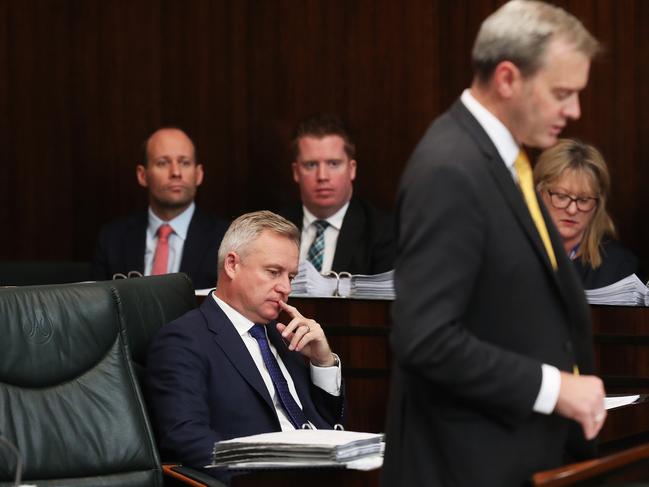Tasmania state budget will help battlers as health a priority
This year's budget is big on health and education spending, as well as easing cost of living pressures: help with electricity concessions, council rate relief, water and sewerage bill discounts and transport subsidies. YOUR FULL GUIDE >>

A $900m increase in health spending and almost $350m in cost-of-living relief for battlers is the centrepieces of the 2023-24 Tasmanian budget to be handed down today.
See your guide to the budget below.





